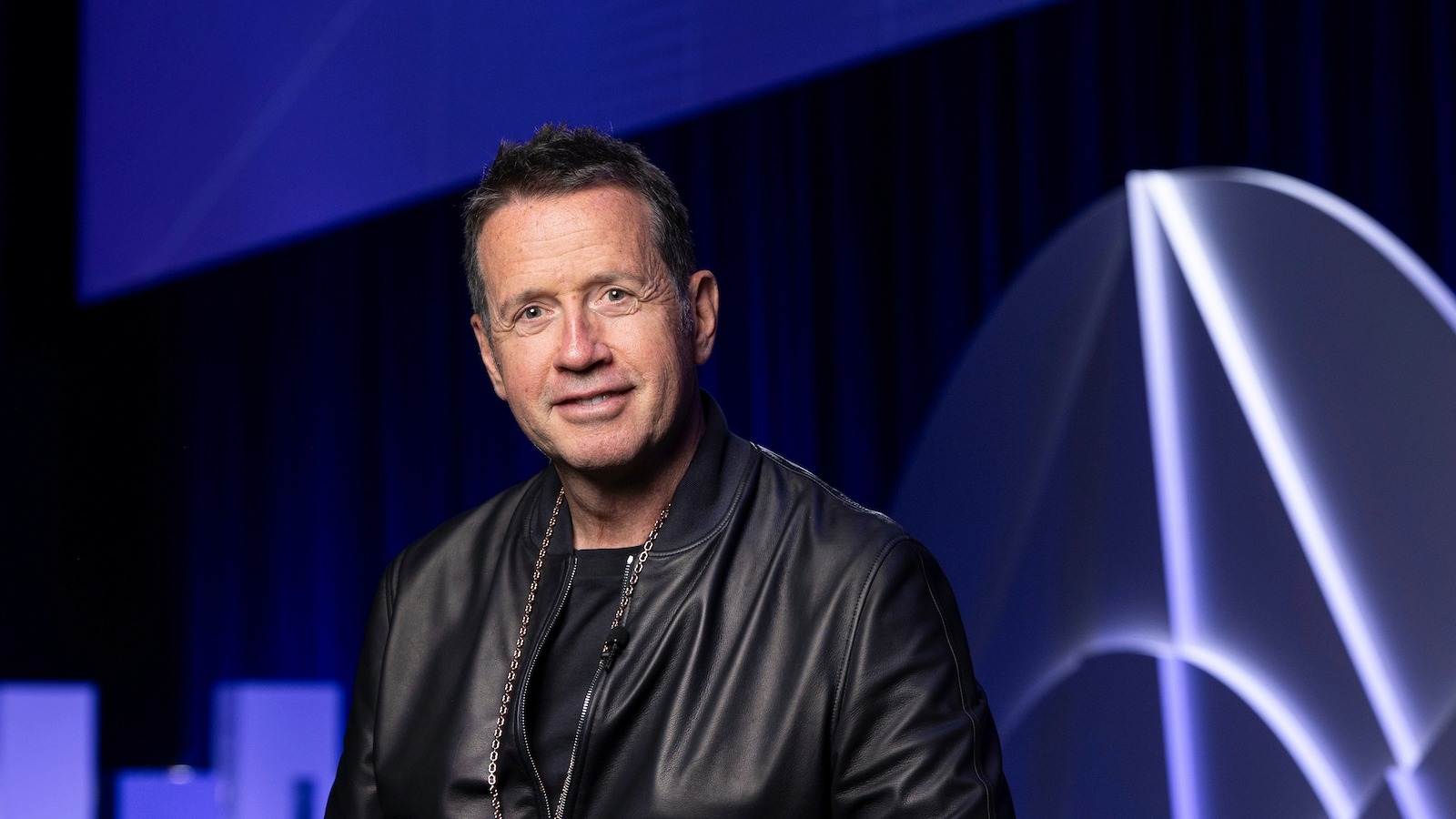Ahead of the upcoming eTail Asia Virtual Summit, Pablo Mauron shares more about the social commerce boom in China and how brands can leverage it.

Ahead of the upcoming eTail Asia Virtual Summit, Pablo Mauron shares more about the social commerce boom in China and how brands can leverage it.
The e-commerce boom has accelerated the ways in which brands and retailers appeal to the new and constantly changing consumer needs and values. With strict social distancing rules and stay-at-home measures still in effect across many countries, consumers are spending more and more online, consuming social media and entertainment through various new media channels, which has become an integral part of their daily lives.
This has given rise to a stronger integration of content and commerce. A report by eMarketer states that social commerce sales in China is expected to rise to $474.81 billion by 2023. Unlike traditional e-commerce, social commerce relies heavily on the power of social media to drive a sale, which helps to diversify a brand’s sales funnel. While markets in the West might still be in the early stages of navigating this trend – social media is still primarily a tool for marketing and communications, with the goal of driving conversions largely via third-party platforms – social platforms in China have evolved to a point where the commerce aspect is wholly integrated into the platform experience.
“In China, pretty much all the main social platforms now have commerce functions. While this might have been limited to allowing the insertion of third-party e-commerce links in the past, platforms have now started offering built-in e-commerce functions – for instance, Douyin now has its Douyin Store while Weibo has its Xiaodian,” says Pablo Mauron, Partner & Managing Director China at DLG, a leading independent digital agency for luxury brands. “Because transactions can now happen on almost any platform and are no longer limited to just the brand’s own .cn, WeChat Store, or e-commerce marketplaces (like Tmall and JD.com), this creates an even more diverse and fragmented digital ecosystem in China. Brands need to have specific strategies for each platform and can no longer think of them as mere social channels for awareness, driving users to Tmall or JD.com for purchase.”
With social media at the forefront of everyday interactions, a huge range of channels and an over-abundance of opportunities available in the market, what is the best way for brands to start developing valuable touchpoints between itself and its customers?
“Brands have to first understand their objectives on each platform, before deciding on a strategic course of action. For most brands, resources are not infinite so they will have to pick their battles. When brands are new to the market, the typical approach is to start with Weibo and WeChat. With WeChat’s open API and the flexibility of WeChat Mini Programs, this social platform (also the most ubiquitous one in China) is a good one to start with. Besides e-commerce on the platform (via transactional Mini Programs), brands can also leverage their offline sales force to drive sales online through social selling (powered by WeChat’s enterprise solution, WeCom), making it a very powerful tool. In addition, RED,
with its growing importance, offers the alternative of purely developing visibility via KOL/KOC seeding as a first step, if the brand is not able to invest in operating their own content channel.”
The authenticity, trustworthiness, relatability of content has the power to influence a person’s decision-making. Consumers are shunning blatant advertisement, and embracing real-life examples. Can brands drive social commerce with user-generated content (UGC)?
“It depends on the platform. Platforms that are built on UGC like RED, rely on UGC to drive social commerce. While RED had limited capability to drive direct traffic to other platforms, it is now progressively opening up with the possibility to drive to WeChat Mini Programs. That being said, this represents a minor issue as consumers in China are used to navigating through a ‘walled-garden’ digital ecosystem and will naturally jump from one app to the other during their journey. UGC can also be used to help generate awareness and interest in a brand, which will then hopefully fuel the commerce component in the long run. This is applicable for platforms like Douyin, where brands can set up hashtag challenges for users to participate in. Last but not least, UGC, especially on RED, also plays a major factor in confirming purchase intentions as reviews posted from customers will provide reassurance and complement brand communications that focus on building desire.”
Livestreaming is not a new concept in China, but has rapidly evolved and become more sophisticated – especially during the pandemic. How can brands tap into livestreaming to drive conversions?
“Livestreaming, like every other marketing initiative led by a brand, needs to have a clear goal and objective. There are livestreaming formats that are suitable for generating awareness, and others that are more suitable for driving conversions. For campaigns, collection launches, or even events where exposure is the objective, leveraging platforms like YiZhiBo or Weibo is most suitable as they offer great opportunities to capture a broad audience. Brands can also choose to do smaller scale livestreams and host them on WeChat, for instance, and focus on targeting just clients and prospects to drive sales.”
With so much noise in the online space, it’s hard enough getting anyone’s attention. How then can brands keep users on platforms for the entire user journey?
“Platforms have been actively working on expanding their role across the entire user journey – for example WeChat launched WeChat Channels (videos) and Mini Programs to develop the top and the bottom of the funnel respectively. Douyin is now offering the possibility of operating flagship stores, etc. That being said, the ecosystem is fragmented. Tencent, Alibaba and ByteDance don’t offer seamless cross-platform integration and operate as ‘walled gardens’. However, Chinese users are used to it and navigate from one app to the other very naturally depending on their intentions. These platforms more or less allow tracking of users within their ecosystem with a common ID, but to reconciliate a user profile between different ecosystems, collecting their phone numbers will be required. This is where Social CRM comes into play.”
Brands have been finding new and innovative ways to remain connected to their customers. How has the pandemic impacted the consumer journey in China and how can brands adapt accordingly?
“Because of the pandemic’s prolonged impact on markets elsewhere, many brands chose to focus on building up their digital activities in China in 2020. At the same time, platforms in China have been continually innovating and rolling out new functions. All of this has resulted in a more mature and sophisticated digital ecosystem for brands in China. So while the consumer journey has not dramatically changed, consumers now have more options and ways in which they can engage with, and purchase from brands. Many luxury brands, for instance, have now set up stores on Tmall – something that was not the case before the pandemic. Brands have also started investing in developing more sophisticated omnichannel sales tactics, such as social selling and clienteling solutions to better leverage their offline
sales force.”
What are you expecting in terms of takeaways from eTail Asia and why this an event not to be missed?
“Social commerce is a booming in China, and is also starting to pick up globally. While social media used to be viewed a as a platform for generating awareness, both brands and platforms are starting to see the benefits of increasing their touch points along the user journey, taking consumers from awareness all the way to loyalty. It will be interesting to see what the other global markets are doing on this front, and how consumer behaviours on social platforms differ across regions.”
How can international brands effectively leverage social commerce in China, and what can the rest of the world learn from this? Join Mauron at the eTail Asia Virtual Summit on 19 May, at as he speaks on a panel about capitalising the rising phenomena of social commerce together with Anil Srinivas Chilla, Chief Digital Officer at L’Oreal India, Jean Thomas, Chief Marketing Officer at Pomelo Fashion, Manvi Kathuria, GM APAC, eCommerce at Luxasia, Shawn Tan Chuan Yang, Head of Singapore & Regional Brand Strategy at TikTok and Alexander Belyakov, Chief Business Development Officer at edna. Register at the link below to secure your seat today.

18 – 20 May | ONLINE (SGT)
For Asia's leaders in e-commerce and digital marketing










